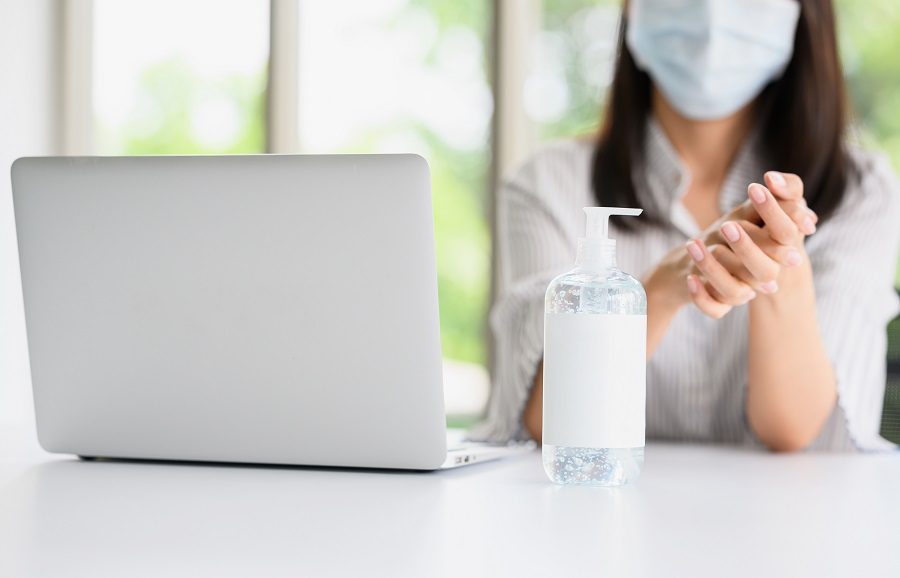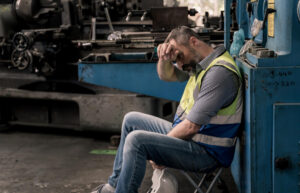Marília Silva de Melo
Lawyer at Marcos Martins Advogados
The International Labor Organization ( ILO ) has published a list of 10 practical measures to be adopted by employers, employees and their representatives for a safe return to work during the global Covid-19 pandemic.
One of the ILO’s proposals is that before returning to work, each establishment and site should be assessed so that preventive measures can be put in place to guarantee the safety and health of workers, in order to avoid contagion among people returning to their work environment.
The 10 recommended measures include:
– Form a team to plan and organize the return to work;
– Point out the need for reopening, when it will happen, who will return to work and how;
– Adoption of organizational and administrative engineering measures;
– Cleaning and disinfecting the workplace regularly;
– Promoting personal hygiene;
– Providing protective equipment and monitoring its correct use;
– Monitoring workers’ health;
– Considering other risks and illnesses such as psychosocial ones;
– Reviewing emergency preparedness plans;
– Reviewing and updating preventive and control measures.
It should be noted that the measures to be adopted by companies are basic, and can range from the installation of physical barriers, such as improvements in the ventilation of the environment, or even the adoption of flexible working hours. Cleaning and hygiene practices must always be maintained, as well as the use of personal protective equipment (PPE).
The ILO recommendation is intended to complement and not replace national regulations, decrees and guidelines on occupational safety and health, helping to supplement the elements for a safe return to work.
The document emphasizes the need for policy guidelines to be incorporated into national occupational safety and health systems, laying the foundations for safe work. “Workers should feel safe in their workplaces from the direct risks indirectly associated with Covid-19, including psychosocial and ergonomic issues related to working in difficult positions or with poor facilities when working from home,” the document says.
The fact is that in order for employees to return safely to the workplace, priority should be given to the safest options instead of those with the greatest risk of contagion, such as replacing face-to-face meetings with virtual meetings, and if this is not possible, a combination of specific measures for each workplace and technical and organizational control measures should be adopted, all to avoid the risk of workers being infected with Covid-19.








